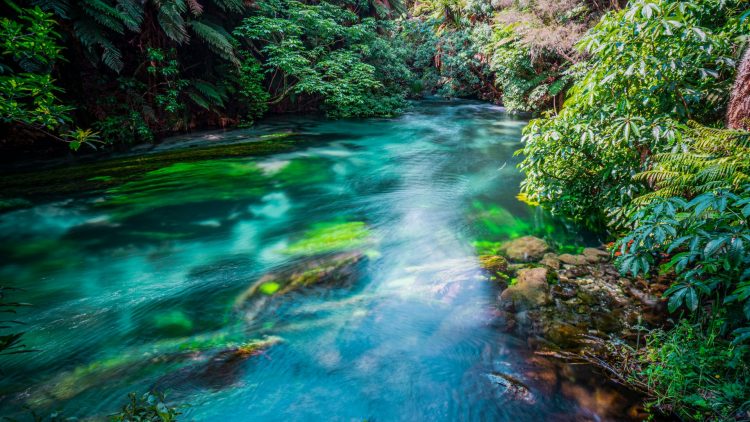プタルルとティラウの歴史
ティラウ
ティラウは、プタルルの北西9kmの郡区。1870年に軍事ポストとして設立されたティラウは、旅行者のためのコーチ停留所となった。
当初、ティラウはケンブリッジの姉妹町と特定するためにオックスフォードと呼ばれていた。カンタベリーのオックスフォードとの混同を避けるため、後にティラウと名付けられた。1938年に酪農工場が、1982年にカゼイン工場が建設された。
ティラウには多くのカフェや工芸品、アンティークショップがあり、今日まで国道1号線の旅行者に人気の停留所です。ティラウの全国的な悪評は、町を飾る数多くの段ボールの鉄の彫刻や建物に由来しています。ランドマークは全国から人を引き寄せています。
大ころいれ
オコロワールはティラウから北北東へ6km離れている。コミュニティの中心には、1889年に建設されたオコロワールホテルがあります。オコロワールホテルは、ナガティ・ラウカワが長く評価されている近くの天然温泉を利用できます。部族の祖である羅川はオコロワールで生まれた。フェアリープールとグローワームは、地元の人々と観光客の両方に人気のあるアトラクションです。
プタルル
プラルルは、ハミルトンから南東に64kmの町である。
プタルルが最初に登場したのは1886年頃にロトルアへの鉄道路線が建設されるときです。1905年、クラウンが周辺の土地を取得した後、タウポ・トタラ木材会社はタウポの森からプタルルまでの路面電車を建設し、そこに工場があった。1920年代にワイカト川にアラプニダムが建設され、プタルルの人口がさらに高まった。1946年までに1,160人がおり、翌年には自治区となった。
今日、林業は地域経済において重要な役割を果たし続けています。プタルルは、世界中に輸出されているニュージーランド最大のボトルウォーターの供給源にもなっています。
アラプニ
アラプニはプタルルの西14kmの集落で、ワイカト川の水力発電ダムを含む。ダムは1929年に開業。ダムと水力湖の間の歩道は、人気のある釣りやウォータースポーツの場所になっています。歩道は、歩道のネットワークであるワイカト・リバー・トレイルの一部である。
リッチフィールド
1880年代のリッチフィールドでは、テムズ・バレー・ランド・カンパニーの拠点がプタルルよりも大きかった。ロトルアへの鉄道が完成するまではコーチ停留所でもあった。1880年代の遺物としては、レンガ造りの給水塔と、プタルル流紋岩石で作られた小さな店舗ビルがある。今日、南半球で最大のチーズ工場がリッチフィールドにあります。

















































